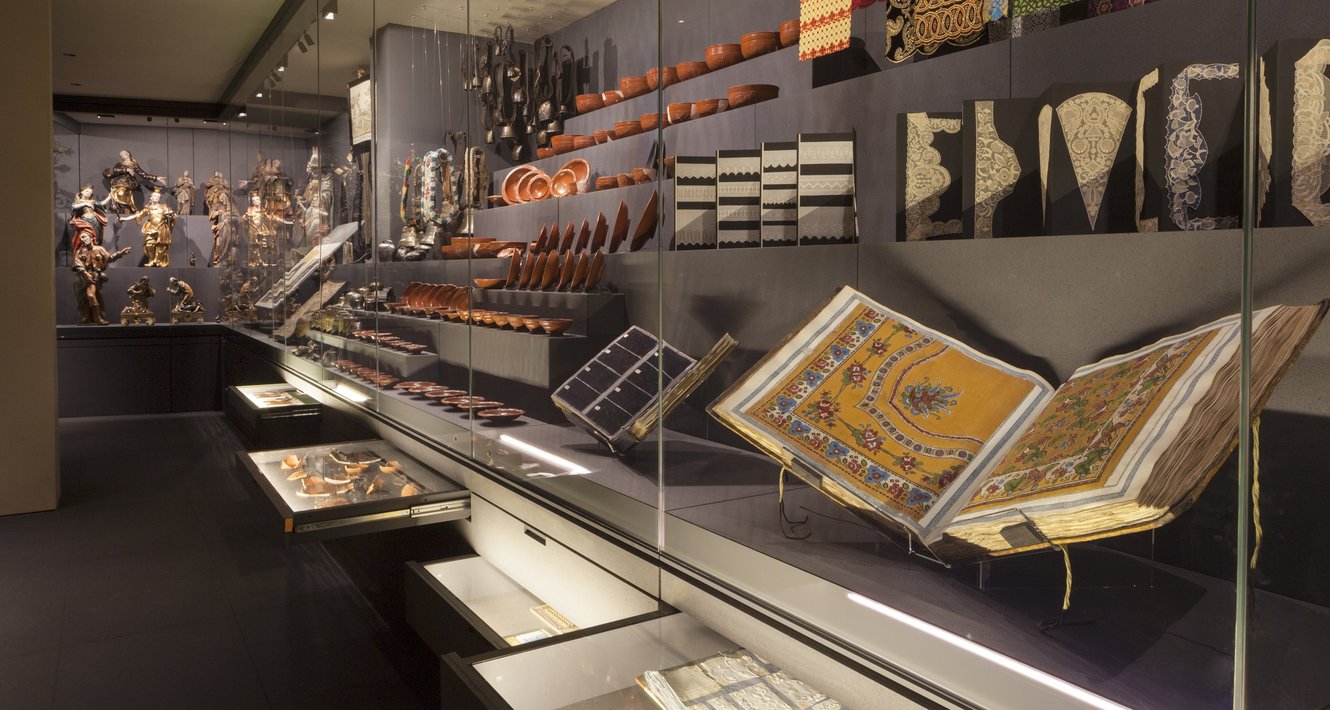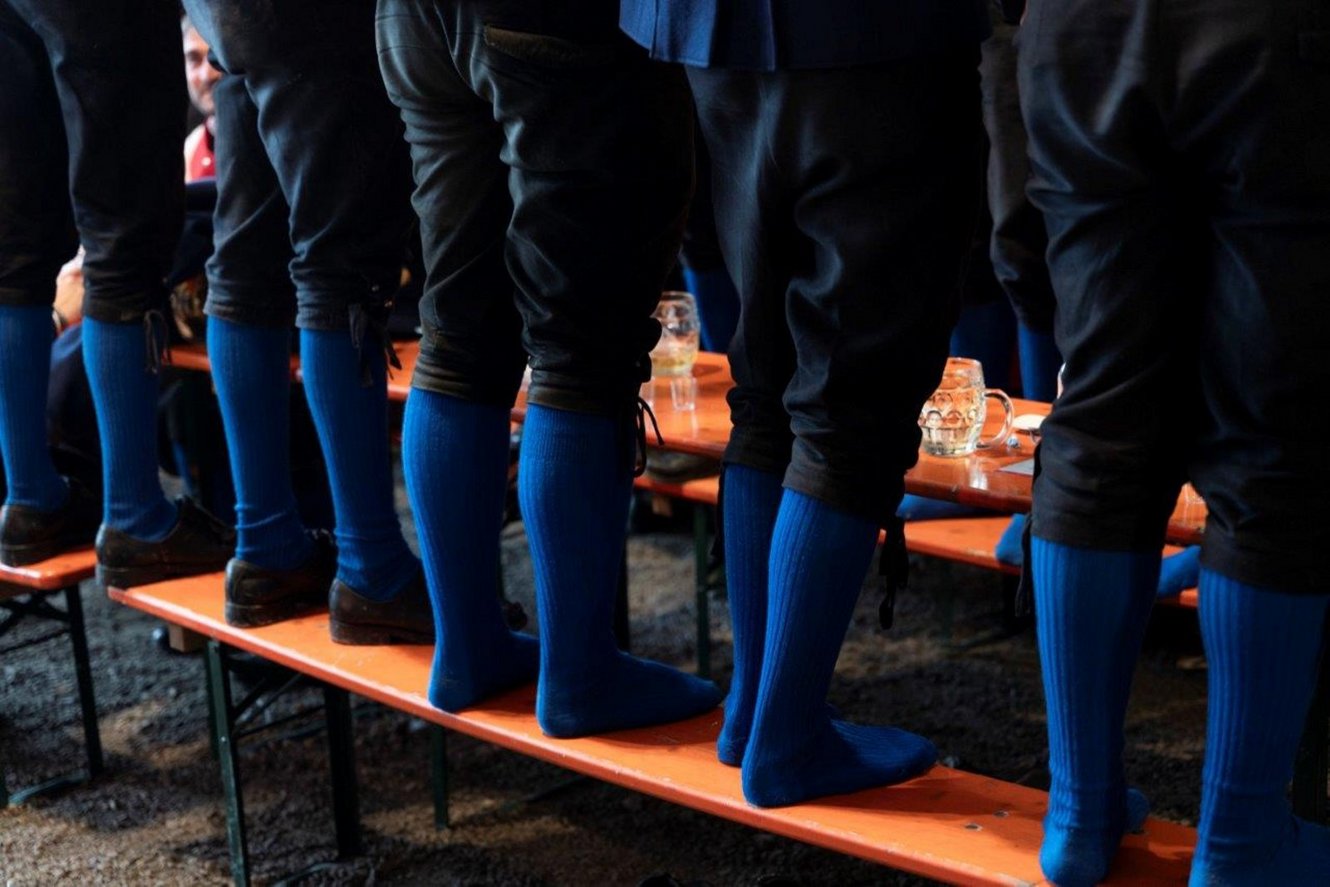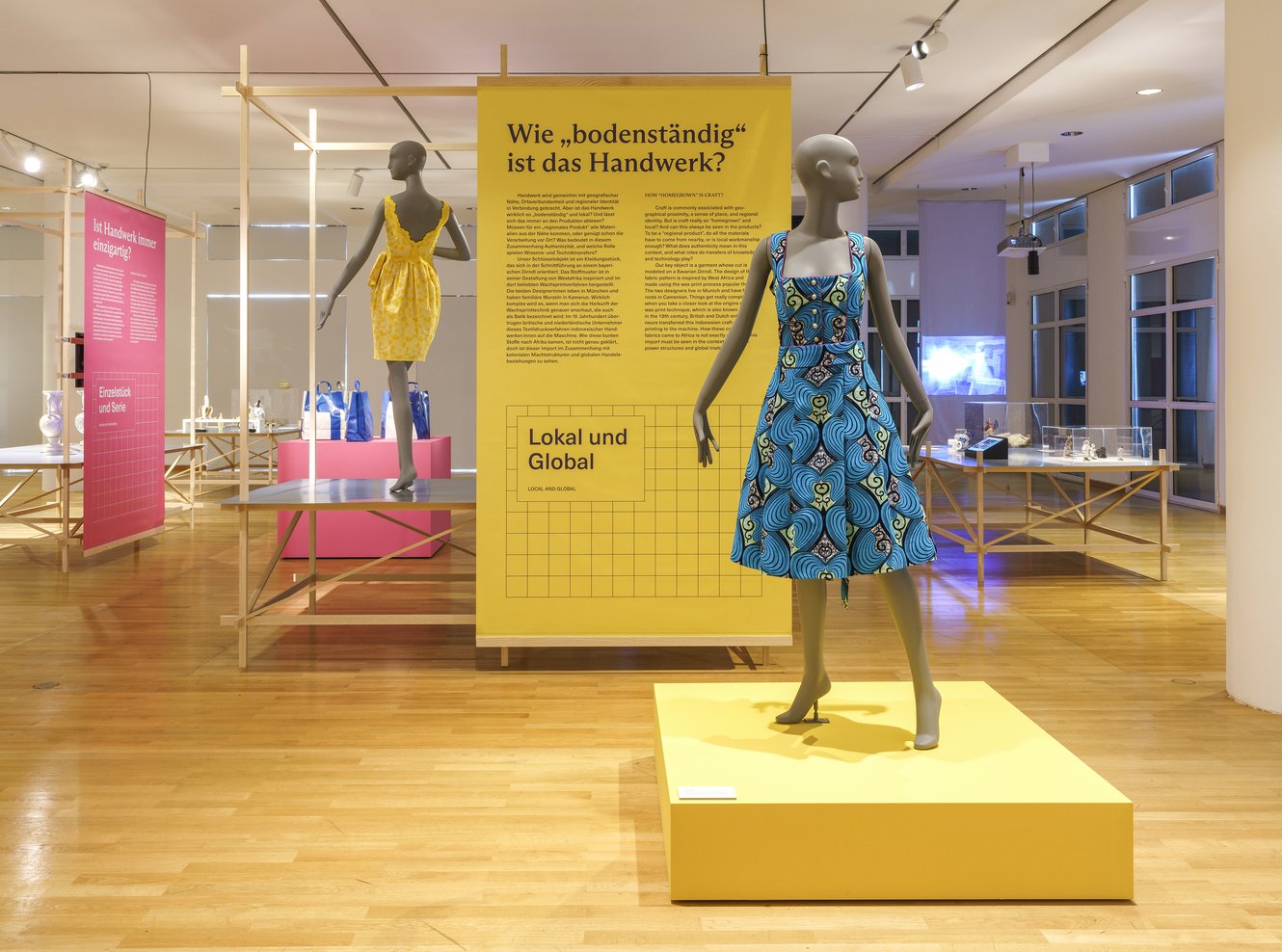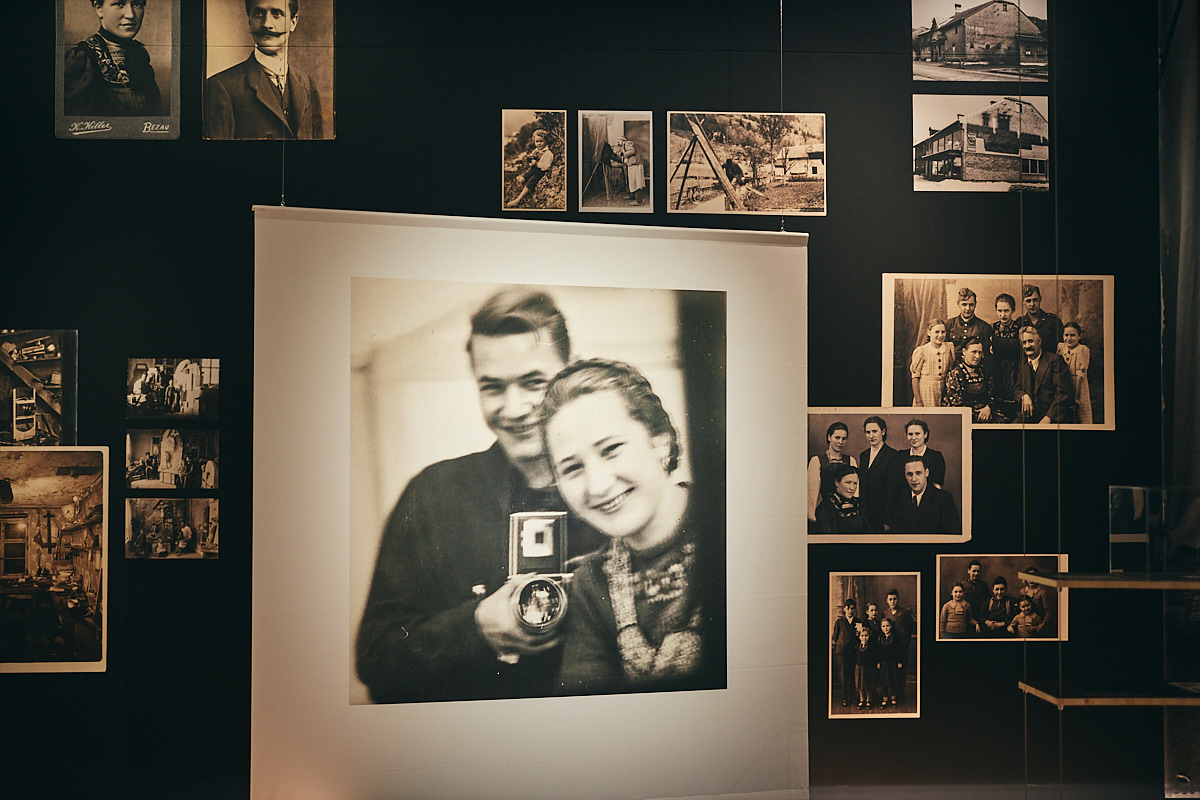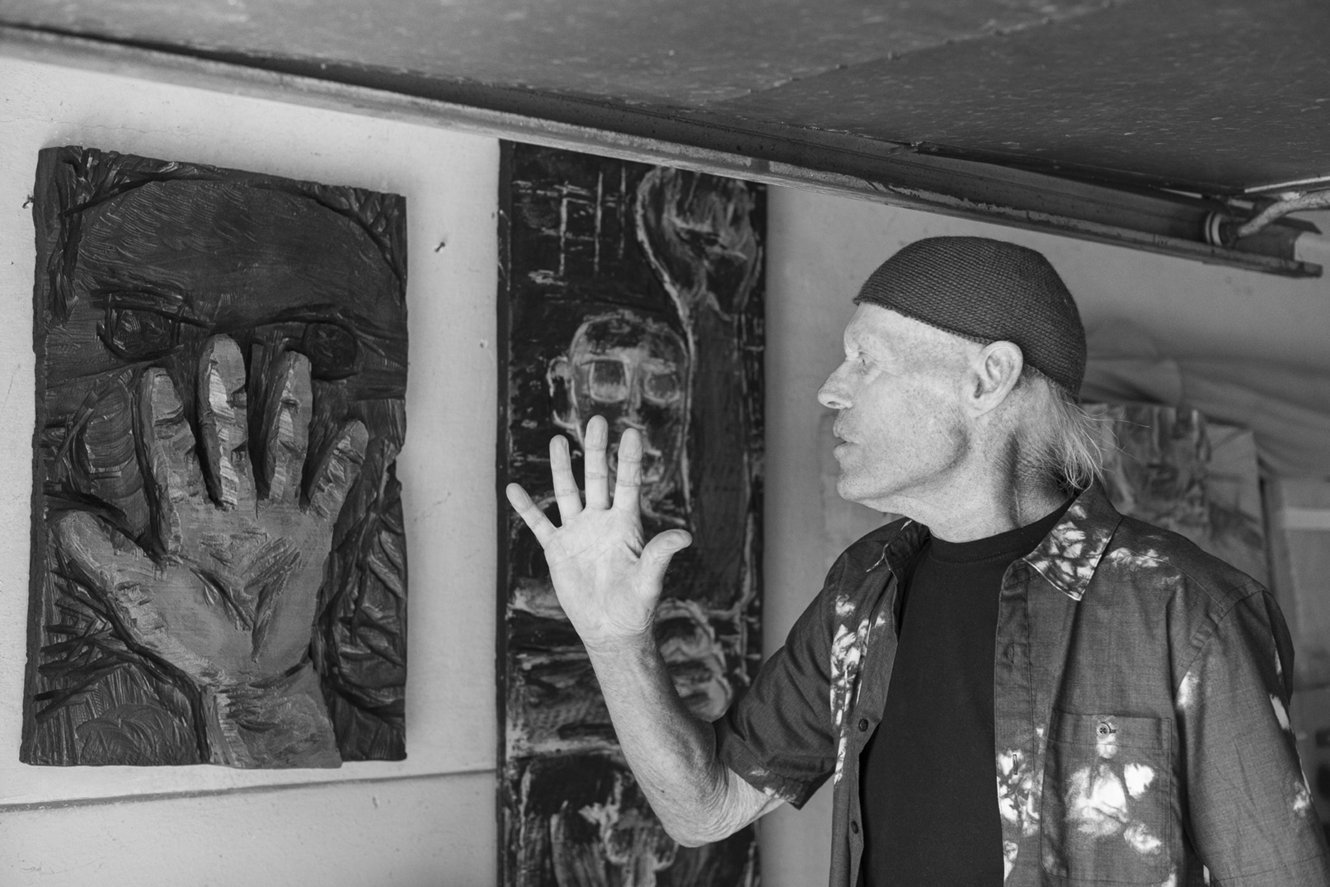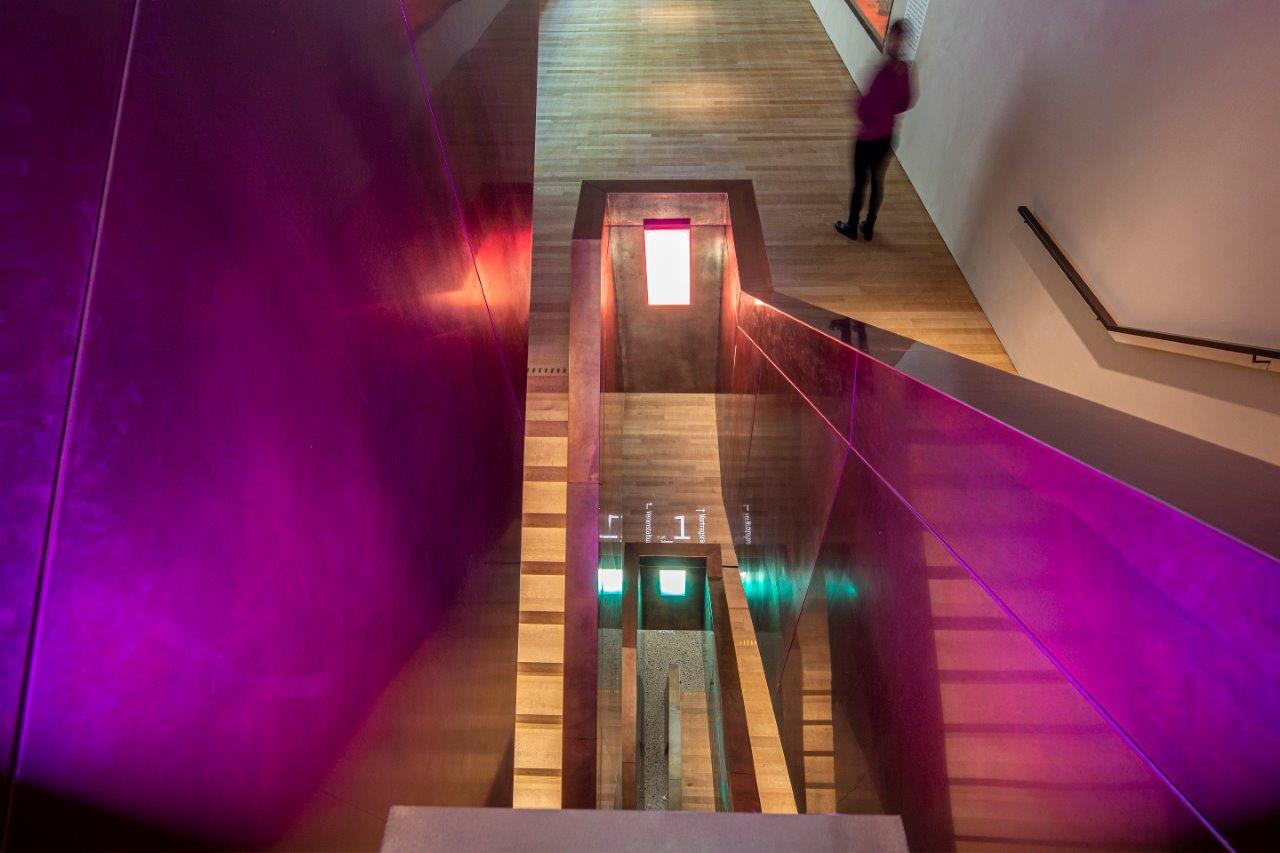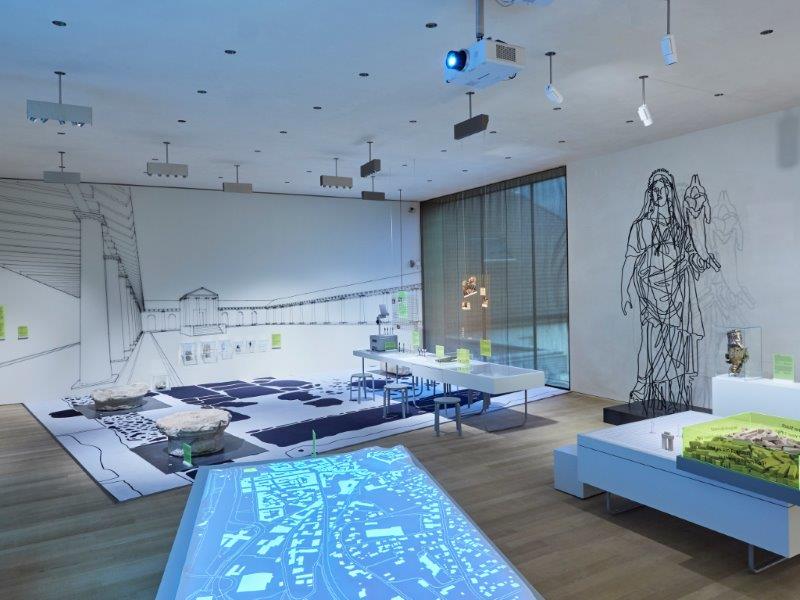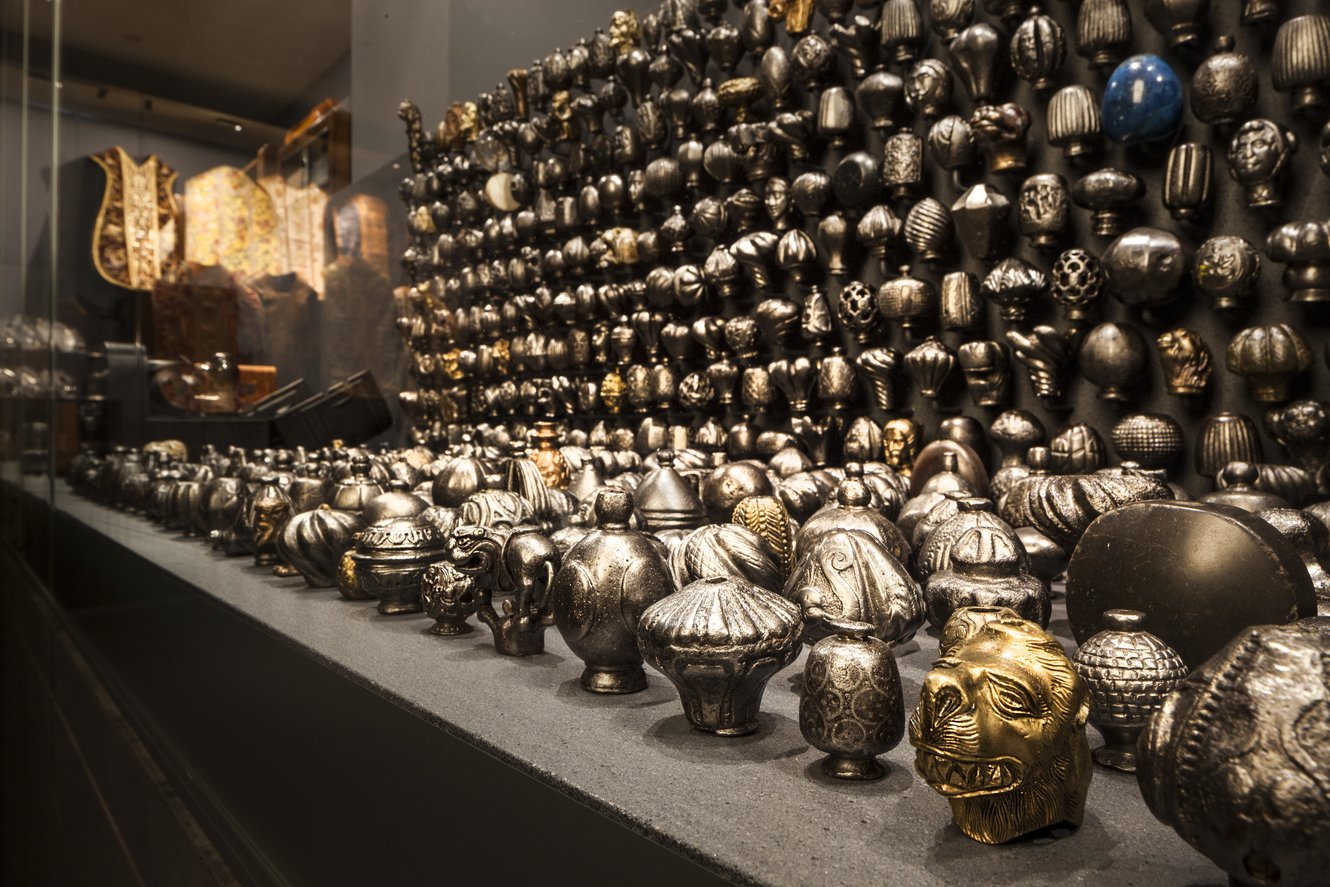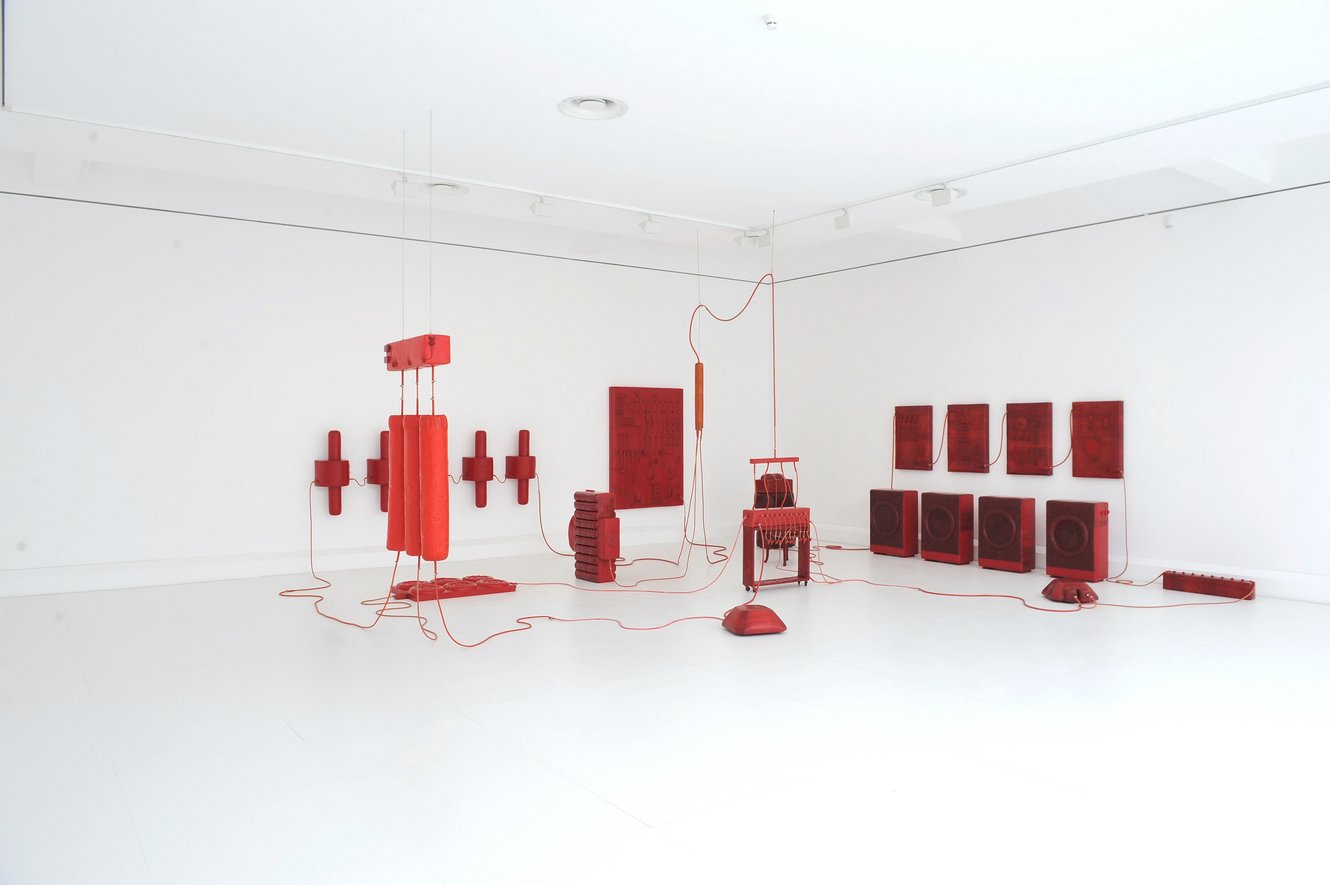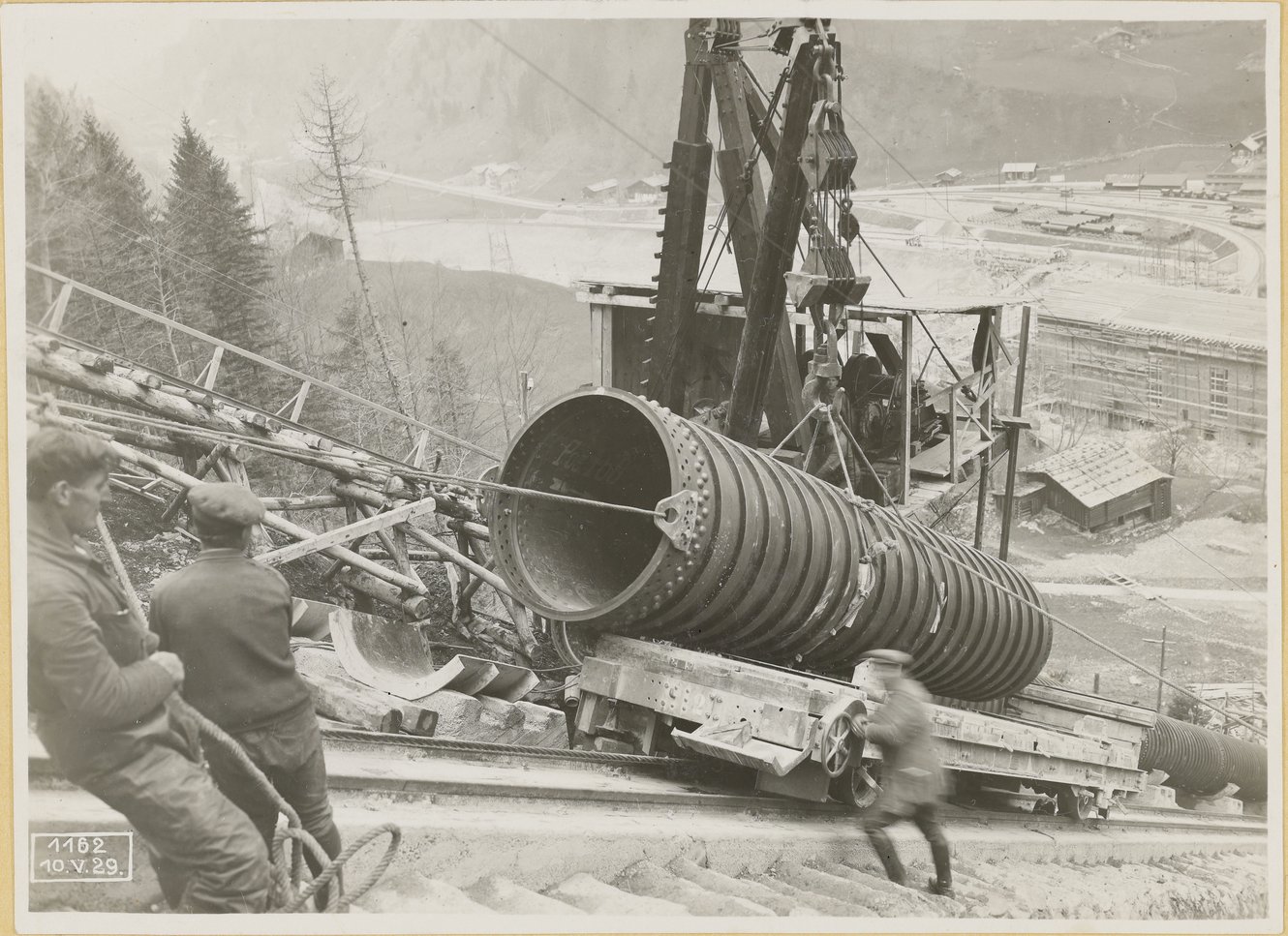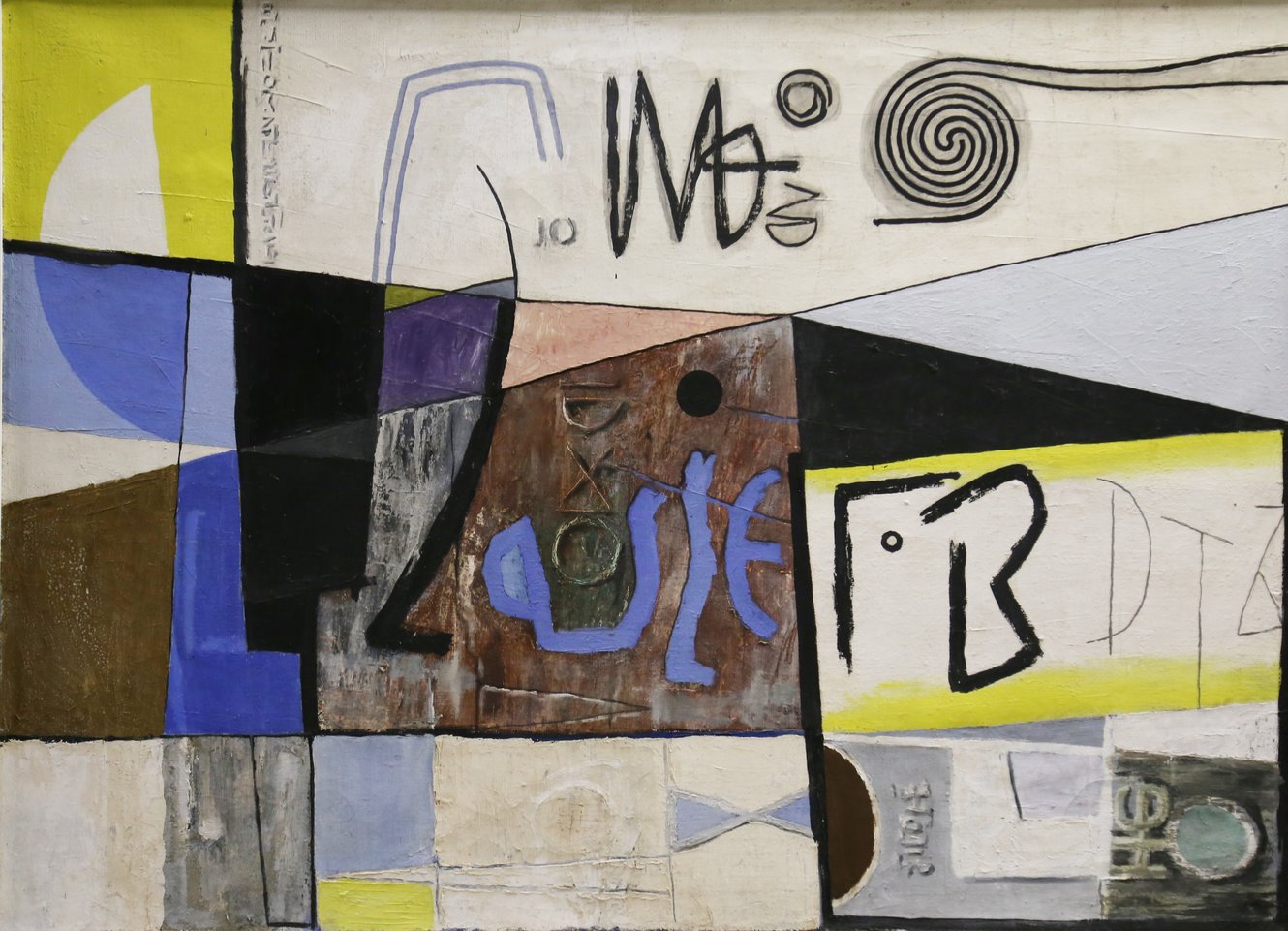Special exhibitions
“tuten & blasen” Brass Music in Vorarlberg
Special Exhibition, Third Floor | 18 May until Spring 2025
Whenever there is a festive occasion in Vorarlberg, you can bet there’ll be at least one brass band. Hardly any reception, jubilee or bigger celebration in villages and towns is held without a brass band. On top of that, the brass bands also organize concerts and music events … In Vorarlberg, some 6,000 musicians play in 130 groups, meet regularly for practice sessions, prepare for competitions and perform on weekends at all kinds of occasions. The exhibition features stories about people who shaped brass music in Vorarlberg and today are still committed to helping keep this tradition alive. In co-operation with Vorarlberger Blasmusikverband, the regional brass music association that celebrates its 100th anniversary in 2024.
The Myth of Craftsmanship. Between Ideal and Real Life
Special Exhibition, Fourth Floor | 2 March until 6 January 2025
Craftsmanship requires hands, materials and tools. What’s mythical about that? The exhibition focuses on feelings and values that are commonly associated with craftsmanship – honesty, local production, quality. And on references made to products and the craftspeople’s skills which may even create a region’s individual identity. The exhibition showcases a large number of objects and interviews and is designed to attract people who are interested in craftsmanship or want to learn one of the numerous trades. After all, the age of digitalization gives rise to many questions about the future of craftsmanship.
In co-operation with Museum Angewandte Kunst in Frankfurt and Kunstgewerbemuseum of Dresden State Art Collections
Hiller. The Bregenzerwald’s Photographic Memory
Special Exhibition Fourth Floor | 27 May until April 2025
Whether the request was for wedding photos, souvenir photos from First Communion or pictures of deceased people – in Bregenzerwald, Foto Studio Hiller in Bezau, formed in 1923, was the top choice in terms of photography. Kaspar Hiller and his children documented seven decades of life and change in the valley. The curator and photo artist Arno Gisinger uses the comprehensive photo collection to tell the Bregenzerwald’s history during those years.
In co-operation with Vorarlberg State Library and Bregenzerwald Archiv (Regio Bregenzerwald)
Exhibitions in the Atrium (Free entry!)
Gernot Riedmann. Family Trees on the Road
Exhibition in the Atrium | 27 April until 30 June 2024
Since the 1990s, Gernot Riedmann from Lustenau has been working on a large-scale cycle of works in which family trees play a special role. Using a small motor saw, he cuts motifs into unmachined wooden panels and sends these “drafts” to artists whom Riedmann, who was born in 1943 in Barcelona, met in Vorarlberg and on his many travels: indigenous artists from the Amazon area, African, Tibetan and Chinese artists as well as Vorarlberg artists such as Gottfried Bechtold, Tone Fink or Christine Lederer. They interpret and rework these panels however they see fit. To date, more than 65 works of art are part of Riedmann’s global social sculpture which, from the atrium walls proclaim the boundlessness of art. The exhibition will be accompanied by a catalogue.
Interventions and cooperations
Colours/Lights/Lake
Light Installation by Miriam Prantl in the Staircase
The Vorarlberg artist Miriam Prantl created the light installation Colours/Lights/Lake for the staircase featuring a gentle play of colours that reflects different light atmospheres at Lake Constance. The railing is equipped with LED strip lights whose upward light movement corresponds to the programming of seven light boxes in the stairwell. Slowing down, calming down, contemplation – the effect of the colours and the light attune visitors for the exhibition.
Core exhibitions
Cosmopolitan City or?
Exhibition on the 3rd Floor
Brigantium in the 1st Century A.D.
A forum the size of a football pitch, an ancient Roman spa, the craft and trade quarter at the Tschermakgarten in Bregenz – the public and private buildings of Brigantium dating from the first century A.D. all fire up your imagination. Was Bregenz a city during the time of the Romans? There is a lot to suggest that it was, but no clear evidence to confirm this. Following the much praised exhibition Romans or ...?, Cosmopolitan City or ...? is all about living together in Brigantium. Who used this place? Who lived here? Did they have an administration as well as a fiscal and social system? How was the economic and religious life organised? Based on the most recent scientific findings and archaeological finds, the exhibition invites museum visitors to speculate in a well-informed manner about Brigantium, its residents and visitors.
buchstäblich vorarlberg
Permanent Exhibition Second Floor
Insights into the Collection
Our collection comprises close to 160,000 objects from the fields of archaeology, art, everyday culture and history. The exhibition showcases very important and, at first glance, also less important objects from the museum’s rich holdings in alphabetical order. It starts with the letter “A” for “angelica-mad,” showing engravings by the artist Angelika Kauffmann, and ends with the letter “Z” for “zahla” (to pay), which features the hoard of coins found at Sonderberg Castle. In between schnapps glasses, self-portraits by Edmund Kalb, pommels, the estates of Fritz Krcal and Kundeyt Surdum, priest’s vestments, herbariums …
Coming up
Carmen Pfanner. Power Station
Exhibition in the Atrium | 13 July until 8 September 24
For Carmen Pfanner, who was born in 1957 in Dornbirn, art is synonymous with energy flows, (mechanical) connections, processes and transformations. The artist’s main work created by her over many years consists of 31 individual “components” that together form the installation “Power Station”. Textile objects coated with red latex symbolize a pulsating organism whose organs and nerve centres are interconnected by means of tubes. Contrasting pairs such as male and female, textiles and technical items, man and machine form exciting connections in this work of art. “Power Station” was acquired in 2022 for the State Art Collection, and the atrium provides the ideal setting for it to be showcased in an impressive way. The exhibition will be accompanied by a catalogue.
“Live” – 100 Years of Energy Supply from Vorarlberg
Exhibition in the Atrium | 21 September until 17 November 24
Harnessing hydropower to generate electrical power has shaped Vorarlberg’s recent history and, over the course of its development, has been perceived in many different ways. For the 100th anniversary of Vorarlberger Illwerke AG, which was formed on 5 November 1924, a photo exhibition addresses the many ways in which the regions interacted and their networkings on the European level. The impressive shots from the company archive not only bear witness to technological progress but also illustrate, in particular, the difficult conditions under which plants were constructed and the ensuing impact on the landscape and life in those regions.
Hasso Gehrmann. From Panel Painting to “Meta Art”
Exhibition in the Atrium |7 December until Spring 2025
With his abstract “drawing boards”, Hasso Gehrmann in the 1950s took part in exhibitions at, among others, the Paris Salon des Réalités Nouvelles, Kunsthalle Mannheim and Società Dante Alighieri in Rome. After spectacular showings at international furniture fairs, “the world’s first fully automatic kitchen” developed by Gehrmann for the household appliances manufacturer Elektra Bregenz in the 1960s was acquired by Deutsches Museum in Munich. Many of his other inventions, as well as his philosophical concept of “Meta Art”, remained accessible for a small circle of connoisseurs only. On the occasion of Hasso Gehrmann’s 100th birthday (1924 Weißenfels/D – 2008 Bregenz/A), vorarlberg museum is showing for the first time a comprehensive synopsis of his multidisciplinary work.
The Middle Ages at Lake Constance. A Thriving Economic Area between the Alps and the Rhine Falls
Liechtenstein National Museum, Vaduz, until 14 April
Art Acquisitions Made by the State Government in 2023
Kunstraum Remise Bludenz, 26 April until 9 June
Exemplary. Angelika Kauffmann Copied
Angelika Kauffmann Museum, Schwarzenberg, 1 May until 3 November
Visit of the House Spirits III
Metzler Käse-Molke GmbH, Egg, until 31 August
Stay Safe – Safety Built on Trust
Audioversum Science Center, Innsbruck, until the End of June
Werkraumdepot
Werkraum Bregenzerwald, Andelsbuch, Year-round Exhibition

